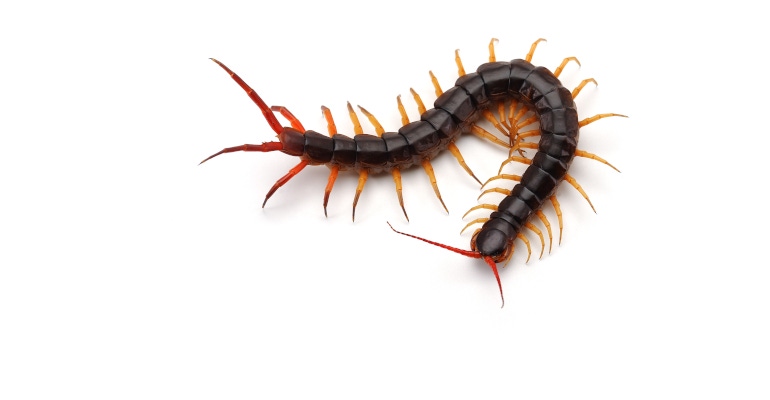Centipede-Like Walking Robot Relies on Dynamic Instability to Turn with Ease
A new type of walking machine can navigate terrain without requiring significant computing power, paving the way for applications in search and rescue and beyond.
June 13, 2023

A centipede-like walking robot can successfully turn without the need for complex compute power, providing a new kind of ambulatory machine that can potentially be used for search and rescue efforts, researchers said.
A team from Osaka University in Japan developed a robot that changes the flexibility of its couplings, allowing it to have a high degree of mobility that's so far been difficult to achieve in walking robots, which can be surprisingly fragile, the researchers said.
Typically it requires considerable compute power to control the joints that a robot needs to walk over complex or difficult terrain. However, the team from Osaka's Department of Mechanical Science and Bioengineering developed a biomimetic “myriapod” robot that takes advantage of a natural dynamic instability, allowing it to turn straight walking into curved motion, the researchers said.
This design is antithetical to how engineers typically would develop motion in a robot, as they would usually avoid creating instabilities. However, in this case, by controlling the use of the instabilities, the robot can maneuver more efficiently, the researchers said.
“We were inspired by the ability of certain extremely agile insects that allows them to control the dynamic instability in their own motion to induce quick movement changes,” said Shinya Aoi, one of the researchers on the study.
Insect Biomimicry Conveyed by a Walking Robot
Indeed, the robot mimics a centipede, with two legs connected to each of six segments and flexible joints. The couplings of the joints can be modified with motors using an adjustable screw during the walking motion of the robot, leading to what researchers called "pitchfork bifurcation." In this action, the straight walking becomes unstable and the robot begins either to the right or left in a curved pattern.
This approach also reduces both the computational complexity of the robot as well as its energy requirements because instead of directly steering the movement of the body axis, it controls its flexibility, the researchers said. This inherently needs less power to achieve, they said. The researchers published a paper on their research in the journal, Soft Robotics.
The team tested the robot’s ability to reach specific locations and found that it could navigate by taking curved paths toward targets. This capability lends itself to a number of applications, such as search and rescue, working in hazardous environments, or even exploration on other planets, the researchers said.
The team is currently exploring future development, with future versions of the robot potentially adding new segments and control mechanisms for enhanced mobility, they said.
About the Author(s)
You May Also Like
.jpg?width=300&auto=webp&quality=80&disable=upscale)


